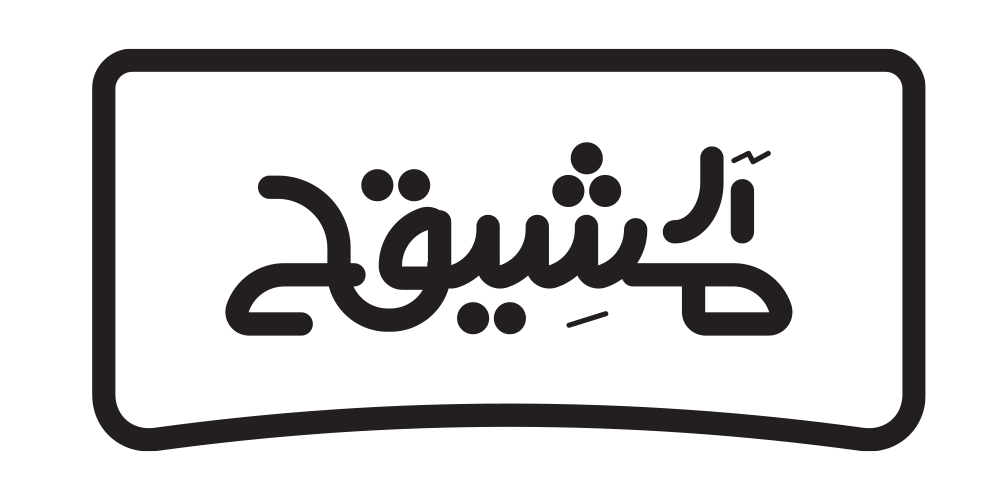A robust security system is built on user permissions and two-factor authentication. They lower the risk of malicious insider activity or accidental data breaches, and also ensure compliance with regulatory requirements.
Two factor authentication (2FA) is a procedure which requires the user to use a credential from two categories to log into their account. It could be something the user knows (passwords, PIN codes security questions) or something they’ve got (one-time verification code that is sent to their mobile, or an authenticator application) or something they ARE (fingerprints facial or retinal scan).
Most often, 2FA is a subset of Multi-Factor Authentication (MFA) which has many more elements than two. MFA is a common requirement in certain industries, like healthcare (because of strict HIPAA regulations) as well as ecommerce and banking. The COVID-19 pandemic has also added a new urgency for organizations requiring two-factor authentication for remote workers.
Enterprises are living beings and their security infrastructures are always changing. Access points are added every day, users switch roles and hardware capabilities are constantly evolving. complex systems enter the hands of everyday users. It is important to regularly examine the two-factor authentication strategies regularly to ensure they keep up with these changes. Adaptive authentication is a method to accomplish this. It’s a type of contextual authentication that will trigger policies based on the time, place and how a login request is processed. Duo offers an administrator dashboard that allows you to easily monitor and set these https://lasikpatient.org/2021/07/08/generated-post-2/ kinds of policies.


